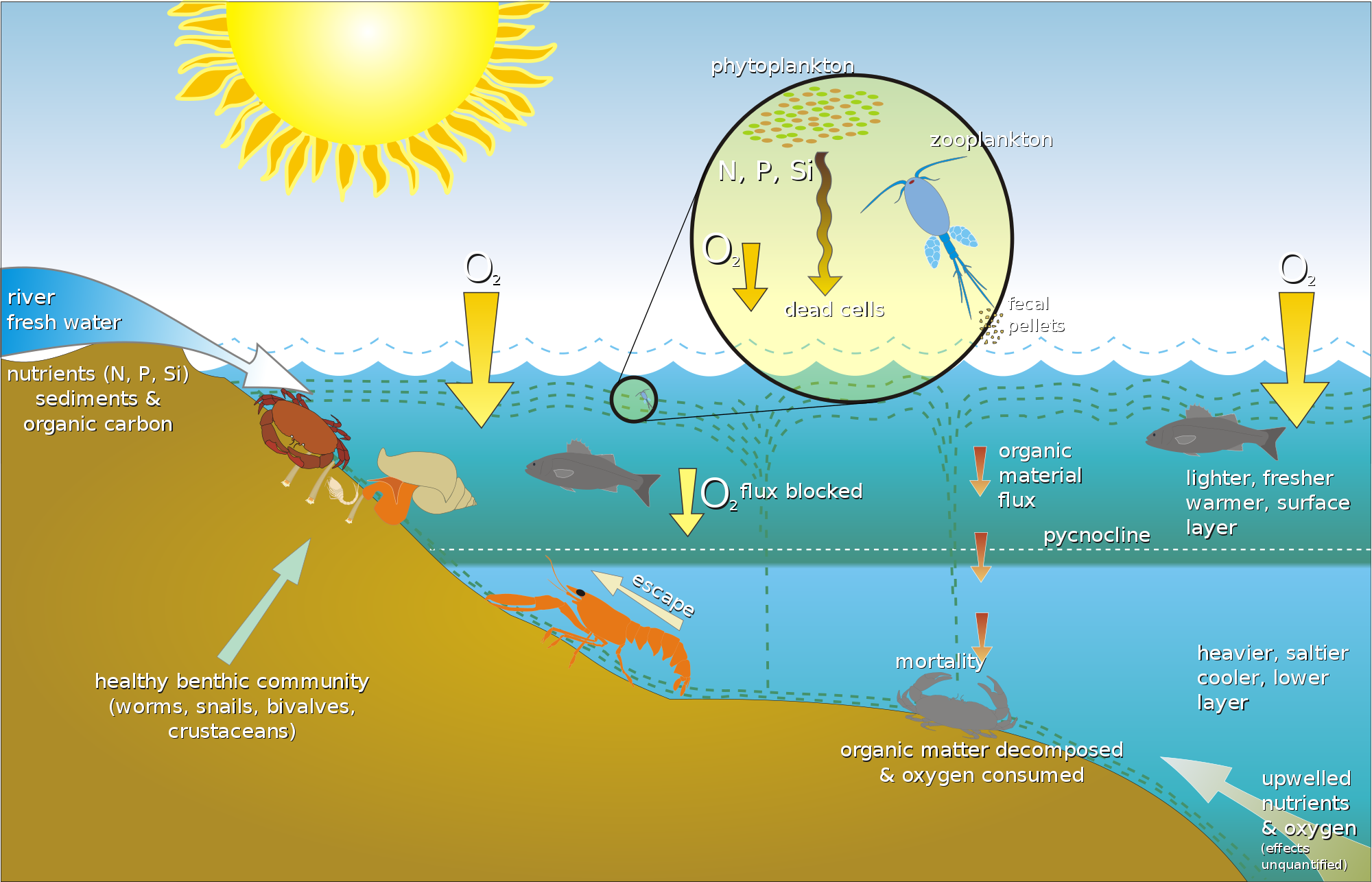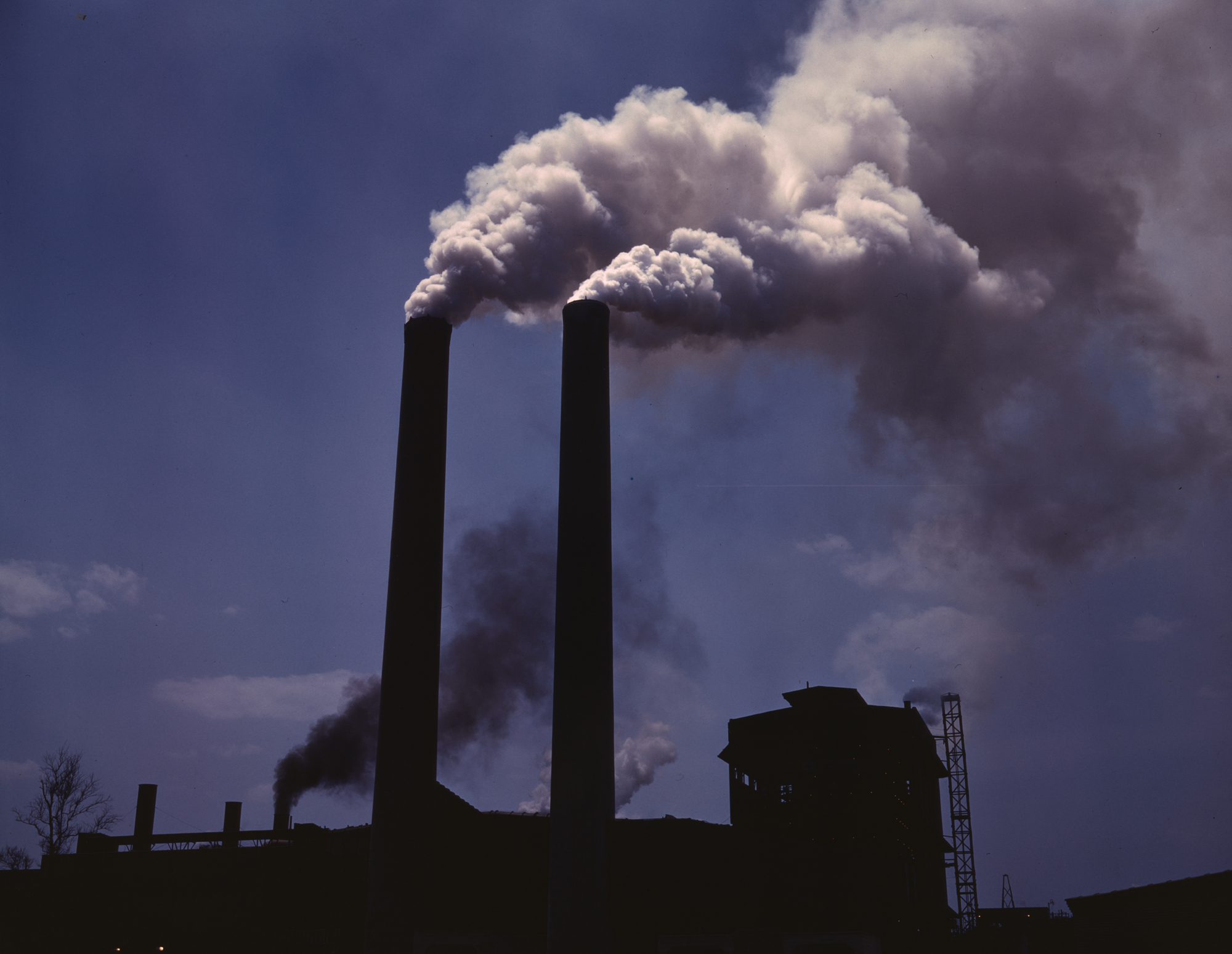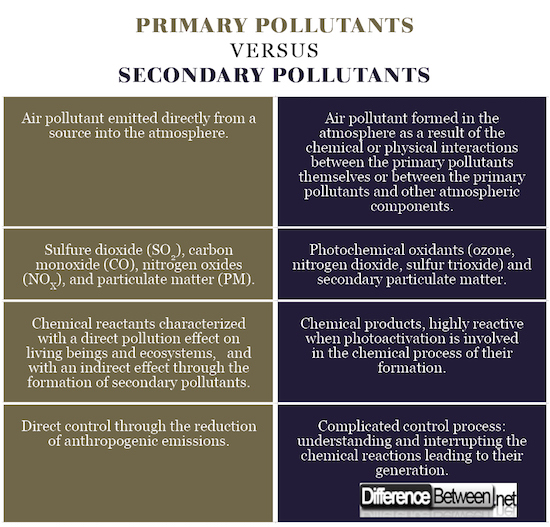Difference Between Primary Pollutants and Secondary Pollutants
Air pollution is defined as the contamination of the atmosphere by substances present at concentrations above their natural levels and capable of producing adverse effects to humans, other living organisms, and the ecosystem in general.
These substances or air pollutants include gases, liquid droplets, and solid particles. They are classified according to the source of emission into two main groups: primary and secondary pollutants.
What is a Primary Pollutant?
A primary pollutant is an air pollutant emitted from a source directly into the atmosphere. The source can be either a natural process such as sandstorms and volcanic eruptions or anthropogenic (influenced by humans) such as industrial and vehicle emissions.
Examples of primary pollutants are sulfure dioxide (SO2), carbon monoxide (CO), nitrogen oxides (NOX), and particulate matter (PM).
Sulfur dioxide (SO2)
Sulfur dioxide is an invisible gas with a strong odor. Its main sources are anthropogenic, resulting from the combustion of fuels and the processing of mineral ores containing sulfur. Humans and animals exposed to sulfur dioxide display severe respiratory problems. Sulfur dioxide can interact with water in the atmosphere to form harmful acid rain.
Carbon monoxide (CO)
Carbon monoxide is an odorless gas emitted by the incomplete combustion of fuel. The main sources for atmospheric carbon monoxide are gasoline or diesel-powered engines and biomass burning (forest fires and biomass fuels). Carbon monoxide is very toxic and is linked to an increased risk of heart disease. Exposure to high levels of CO may lead to unconsciousness or even death.
Nitrogen oxides (NOX)
Fossil fuel combustion (gasoline and diesel engines) is the main source for nitrogen oxides in urban areas, while microbial activity in the soil and agricultural practices such as the use of synthetic fertilizers are its main sources in rural areas. Exposure to nitric oxides may cause an inflammation of the respiratory tracts.
Particulate matter (PM
Particulate matter is a term referring to solid particles and liquid droplets found in the atmospheric air. Primary particles may be natural, originating from soil dust and sea spray. They can be industrial and transportation-related as well when their sources are metallurgical processes or exhausts and tire breaks.
What is a Secondary Pollutant?
A secondary pollutant is an air pollutant formed in the atmosphere as a result of the chemical or the physical interactions between the primary pollutants themselves or between the primary pollutants and other atmospheric components. Major examples of secondary pollutants are photochemical oxidants and secondary particulate matter.
Photochemical oxidants
Photochemical oxidants result from the photochemical reactions involving sunlight with nitrogen oxides, sulfur dioxide, or volatile organic compounds. They include acids, nitrogen dioxide, sulfur trioxide, and ozone. Ozone is considered a highly dangerous air pollutant. Exposure to ozone can cause many lung diseases such as asthma, emphysema, and bronchitis. Repeated and long exposures to ozone may even permanently scar the lung tissue.
Secondary particulate matter
Secondary particles are the result of the condensation of gases, the chemical reactions involving primary particles with gases, and the coagulation of various primary particles. The main primary pollutants involved in the formation of secondary particulate matter are sulfur dioxide and nitrogen oxides.
Difference between Primary Pollutants and Secondary Pollutants
Definition of primary vs. secondary pollutants
A primary pollutant is an air pollutant emitted from a source directly into the atmosphere.
A secondary pollutant is an air pollutant formed in the atmosphere as a result of the chemical or the physical interactions between the primary pollutants themselves or between the primary pollutants and other atmospheric components
Examples of primary vs. secondary pollutants
Examples of primary pollutants include sulfur dioxide (SO2), carbon monoxide (CO), nitrogen oxides (NOX), and particulate matter (PM).
Examples of secondary pollutants include photochemical oxidants (ozone, nitrogen dioxide, sulfur trioxide) and secondary particulate matter.
Pollution effect
Primary pollutants are considered chemical reactants, being involved in the chemical reactions that result in the formation of secondary pollutants. Therefore, their pollution effect can either be direct like the impact of sulfur dioxide on the human respiratory system or indirect when sulfur dioxide interacts with water in the atmosphere to form acid rain, with serious consequences on the ecosystem.
On the other hand, secondary pollutants are chemical products inferring that they might be more stable and inert with a limited polluting effect. While this might be true to some extent, it is not the case of ozone where photoactivation is involved, making the chemical process highly reactive.
Pollution control
The atmospheric concentration of primary pollutants can be controlled in a direct way through the reduction of anthropogenic emissions.
On the contrary, controlling the secondary pollutants is a much more complicated process: the chemical reactions involved in their formation must be understood and interrupted.
Primary pollutants versus secondary pollutants
Summary of primary vs. secondary pollutants
Primary and secondary pollutants are two groups of air polluting substances differing mainly by their sources of emission or generation.
Primary pollutants are emitted from natural or anthropogenic sources directly into the atmosphere, while secondary pollutants result from the chemical reactions or the physical interactions between the primary pollutants themselves or between the primary pollutants and other atmospheric components.
Examples of primary pollutants are sulfur dioxide, nitrogen oxides, carbon monoxide, and primary particulate matter. Examples of secondary pollutants are photochemical oxidants like ozone and secondary particulate matter.
Identifying air pollutants and studying the difference between primary and secondary pollutants are important for the control and prevention of atmospheric pollution, especially through the reduction of anthropogenic sources.
- Differences Between Irreversible Enzyme Inhibitors and Reversible Enzyme Inhibitors - May 23, 2018
- Difference Between T cells and B cells - April 5, 2018
- Difference Between Primary Pollutants and Secondary Pollutants - March 17, 2018
Search DifferenceBetween.net :
Leave a Response
References :
[0]IARC Working Group on the Evaluation of Carcinogenic Risk to Humans. Outdoor air pollution. Lyon (FR): International Agency for Research on Cancer; 2016. (IARC Monographs on the Evaluation of Carcinogenic Risks to Humans, No. 109.) 1.2, Sources of air pollutants. Available from: https://www.ncbi.nlm.nih.gov/books/NBK368029/
[1]IARC Working Group on the Evaluation of Carcinogenic Risk to Humans. Outdoor air pollution. Lyon (FR): International Agency for Research on Cancer; 2016. (IARC Monographs on the Evaluation of Carcinogenic Risks to Humans, No. 109.) 1.1, Definition of outdoor air pollution. Available from: https://www.ncbi.nlm.nih.gov/books/NBK368034/
[2]McKenzie JF, McKenzie PDPHSPSHPEBSUJF, Pinger RR. An Introduction to Community and Public Health: Jones & Bartlett Learning, LLC; 2014.
[3]Image credit: https://upload.wikimedia.org/wikipedia/commons/thumb/d/dd/Scheme_eutrophication-en.svg/2000px-Scheme_eutrophication-en.svg.png
[4]Image credit: https://en.wikipedia.org/wiki/Air_pollution#/media/File:AlfedPalmersmokestacks.jpg



